Key Facts on Alabama’s Incarceration
Alabama’s incarceration rate stands out in a big way. With 898 people per 100,000 locked up, it’s higher than any democratic nation. Over 43,000 folks are behind bars, and it’s not just prisons. The Alabama prison system also impacts probation and parole, affecting around 49,500 more. Then there’s the churn in local jails, with nearly 90,000 cycling through each year. Conditions are rough, and the heat’s no joke with no air conditioning. Even Elmore Correctional Facility isn’t spared. The prison oversight committee watches over these challenges. While efforts like the Alabama prison strike aim for change, stories like when Chase Mathis died remind us of the pressing need for reform.

Growth of Alabama’s Prison Population
Examining the rise in Alabama’s prison numbers, one sees a dramatic four-decade surge. Tough policies, like those from the 1990s, along with low parole rates, have fueled this increase. Alabama’s prisons are bursting at the seams, with severe racial disparities evident, particularly for Black inmates. Only 7% of Black individuals receive parole, compared to 16% of white individuals.
Adding to the grim picture, conditions in facilities such as Elmore Correctional Facility are dire, lacking basic amenities like air conditioning. The Prison Oversight Committee keeps a close eye, but the challenges persist. Rehabilitation is another sore spot, with a significant drop in drug treatment completions over the past decade. Alabama Appleseed, a group advocating for reform, highlights these injustices.
Amidst these struggles, stories like that of Chase Mathis, who tragically died, underline the urgent need for change. Inmates face overcrowding, violence, and limited healthcare, making life behind bars incredibly tough. The system’s flaws are glaring, with many inmates caught in a cycle of despair. The call for reform grows louder as more people demand better conditions and fair treatment.
Year | Incarceration Rate | Parole Rate | Rehabilitation Decline |
|---|---|---|---|
1980 | 350 per 100,000 | 45% | 10% |
1990 | 600 per 100,000 | 30% | 25% |
2000 | 750 per 100,000 | 15% | 40% |
2010 | 850 per 100,000 | 10% | 55% |
2020 | 898 per 100,000 | 7% | 64% |
Disparities in Inmate Demographics
Exploring disparities in inmate demographics reveals stark racial inequalities in Alabama’s prisons. Black individuals face significantly higher incarceration rates compared to white individuals. Shocking, right? In parole hearings, Black inmates secure release just 7% of the time, while white individuals succeed at 16%.

Such numbers aren’t just numbers; they’re stories of lives affected by systemic biases. The Alabama Appleseed Center for Law and Justice often highlights these issues, demanding reforms. It’s a tough road, but it’s crucial for fairness.
The situation worsens with conditions inside the facilities. Overcrowding and lack of basic necessities add to the woes. These situations create unsafe environments, where violence and stress run rampant. Many inmates feel invisible, lost in the shuffle.
The Prison Oversight Committee is tasked with addressing these issues. This committee aims to bring transparency and light to the darkness of incarceration challenges. It’s like trying to mend a cracked vase with glue—slow, but necessary.
Alabama’s prisons require urgent attention. The need for reforms is loud and clear, echoing through the walls of these troubled institutions.
Year | Incarceration Rate (per 100,000) | Black Parole Success Rate | White Parole Success Rate |
|---|---|---|---|
1980 | 350 | 45% | 10% |
1990 | 600 | 30% | 25% |
2000 | 750 | 15% | 40% |
2010 | 850 | 10% | 55% |
2020 | 898 | 7% | 64% |
Impact of Alabama’s Prison Conditions
Alabama’s prison conditions hit hard due to inadequate facilities and overcrowding. Temperatures soar without air conditioning, creating a real-life oven. Inmates face a lack of basic necessities, making survival a constant challenge. Overcrowding adds fuel to the fire, leading to increased violence and heightened tension.
A grim reminder of these harsh conditions is the tragic tale of Chase Mathis, who lost his life amid this chaos. Such incidents highlight the urgent need for change to ensure inmates’ safety. The extreme environment affects both physical and mental well-being, turning the sentence into a cruel punishment.
With 898 out of every 100,000 people incarcerated, Alabama prisons are bursting at the seams. This situation forces inmates into tight quarters, raising concerns over hygiene and spread of diseases. The chance to rehabilitate dwindles as resources stretch thin, leaving many without hope for a better future.
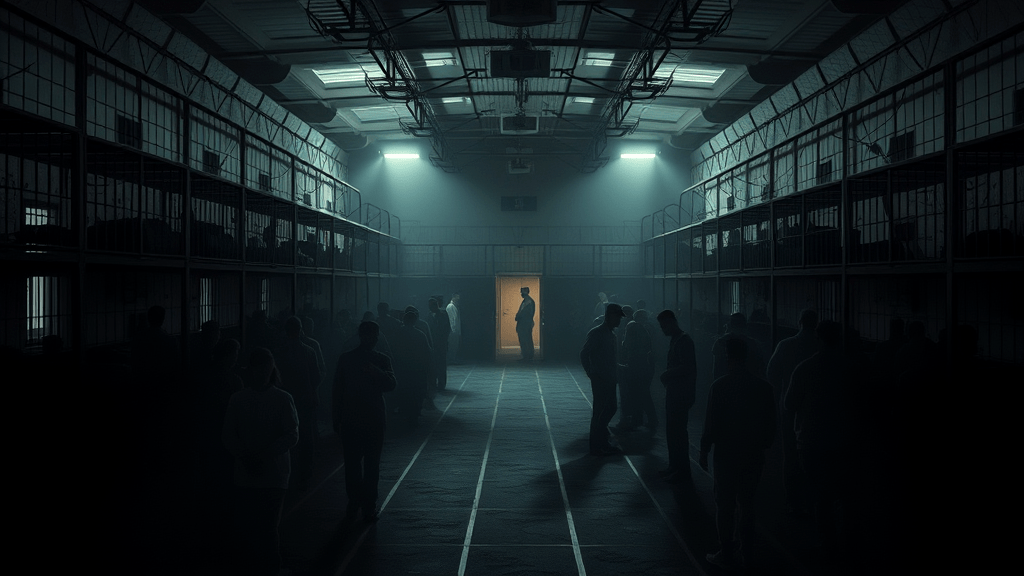
Inmates often become numbers rather than individuals, lost in a system that seems more punishing than reformative. It’s crucial to address these issues, not just for those behind bars, but for the communities they will eventually return to.
Effects of Overcrowding on Inmate Well-Being
The impact of overcrowding on those incarcerated in Alabama is profound. Inmates face increased violence and mental stress due to cramped conditions. Access to healthcare and rehabilitation programs is woefully inadequate. Imagine living shoulder to shoulder, where even a bit of personal space is a luxury. It’s a pressure cooker environment.
The Alabama prisons are bursting at the seams, housing more people than they can handle. This places tremendous strain on resources, making it harder for inmates to get necessary support. In such a setting, rehabilitation becomes a distant dream, overshadowed by daily survival.
Continued overcrowding leaves many waiting for trial, with almost three-quarters of detainees not yet convicted. This inefficiency adds to the psychological burden. Health services are stretched thin, often unavailable when needed most. Violence and drug issues proliferate in this chaotic setting, threatening the safety and well-being of all involved.
Addressing these challenges is essential for a fair justice system. The tale of Chase Mathis, who tragically passed away, underscores the urgency of reform. Without change, Alabama’s prisons will remain a symbol of suffering, rather than a place for rehabilitation and second chances.
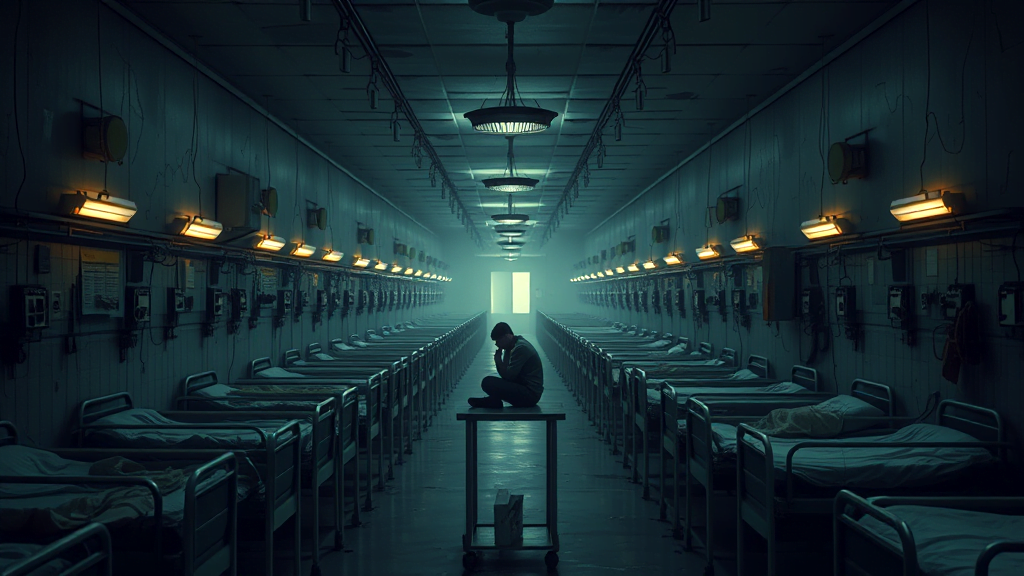
Rehabilitation Programs and Their Effectiveness in Alabama
Examining rehabilitation efforts in Alabama uncovers significant challenges. Many facilities provide minimal or no access to essential services. A staggering 64% decrease in those completing drug treatment programs over the past decade reflects this inadequacy. As a result, many inmates face bleak prospects upon release.
With overcrowding and insufficient resources, the effectiveness of these programs remains questionable. Imagine trying to mend a leaky roof during a rainstorm—that’s Alabama’s rehabilitation scene. The revolving door of incarceration continues spinning, trapping individuals in a cycle of unmet needs.
Efforts to improve conditions are essential for reducing recidivism. The system’s current state leaves inmates without viable paths to reintegration. It’s like trying to play baseball with a broken bat—success is unlikely without the right tools.
Change is imperative for meaningful rehabilitation. Without it, Alabama’s incarceration crisis may worsen. Addressing these issues can transform prisons into places of growth rather than despair. The stakes are high, and the urgency is palpable.
Yet, hope remains for a brighter future. Advocates push for reforms, aiming to reshape the narrative. The journey is long, but every step brings Alabama closer to a system that truly rehabilitates.
Role of the Prison Oversight Committee
Examining the functions of a prison oversight group reveals a critical aspect of Alabama’s incarceration challenges. These committees focus on monitoring conditions and pushing for legislative changes. With Alabama’s incarceration rate standing out globally, the oversight committee has its hands full. They keep an eye on how policies impact inmates and their families, aiming to curb the harsh climate inside the walls.
Recent measures like SB322 are making waves. They aim to enhance transparency and offer support to families entangled in the system. The committee plays a crucial role in ensuring these efforts don’t fall through the cracks. It’s about turning a spotlight on issues that often remain hidden.
Chase Mathis died under questionable circumstances, shedding light on the urgent need for better oversight. His case accentuates the importance of thorough investigations and reform. The committee’s involvement here is indispensable.
A lack of resources and overcrowding plague facilities, increasing tension and reducing care quality. This leads to dire repercussions for those inside. A recent report on Alabama’s parole rates highlights these issues, as seen here. The committee’s influence is essential in navigating these murky waters and advocating for change.
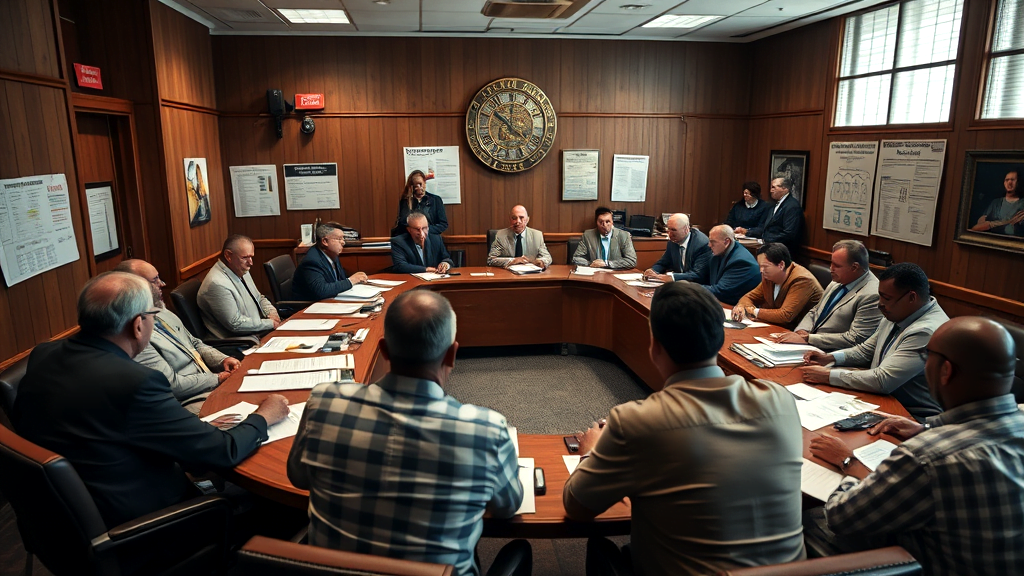

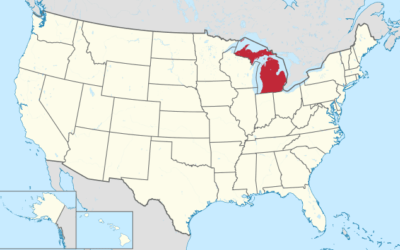
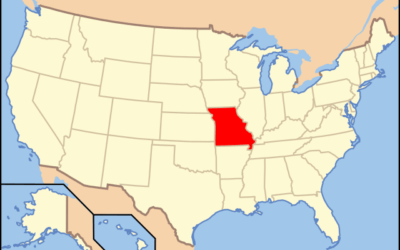

0 Comments